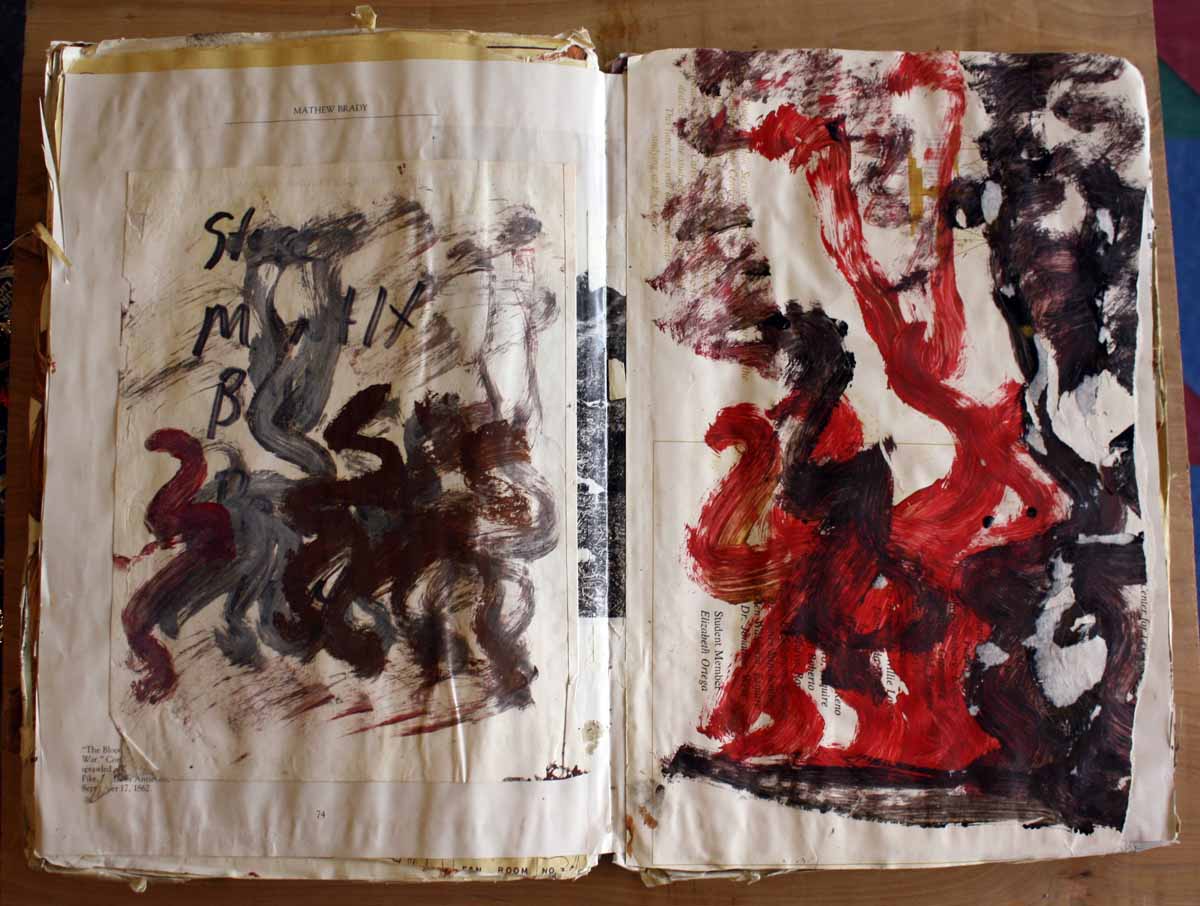Hallucinogens such as LSD, peyote, MDMA, DMT, psilocybin, morning glory seeds, and many others are thought to be mind-expanding drugs able to increase one’s creativity. Psychedelic, mind-altering drugs have been used for thousands of years and have left their mark in almost every population around the globe (Devereux, 1997). Yet, each culture and each era have viewed and used hallucinogens in very diverse ways. One common link between the various cultures is that each has conveyed its psychedelic experience through art: drawings, paintings, dress, mass media, films and the like. This phenomenon has led some to believe that there is a connection between the use of hallucinogens and creativity (Baggott, 1997).
High Art: Were Botticelli’s Venus And Mars Stoned?:
“A curious piece of fruit in the corner of a famous Renaissance painting has caught the eye of art historian David Bellingham. He suspects that 15th century master Sandro Botticelli depicted datura stramonium, a plant that’s also known as ‘poor man’s acid.'”
(Via NPR Topics: Arts & Entertainment.)
Since the late 1950s, when psychedelics became more potent and more easily available, many studies and interviews focused on the influence of hallucinogen on the creative process. Most interest was placed on understanding how the mind works under the influence of hallucinogens. Is it possible for these altered states to modify cognition so that a higher level of creativity is reached?
Are hallucinogens able to cause a blossoming of creativity? Most researchers say this is not the case. Artists are not formed from their chemical experience; they must provide intelligence, feeling, talent and imagination (Masters and Houston, 1968). Extraordinary experiences are what give artists their inspiration, the spark that ignites what is in the mind. That experience could be extensive traveling, religious exploration, or conversing with enlightened people; the hallucinogenic experience is just another visionary experience. Just as traveling opens a person up to new cultural ideas, hallucinogens get him or her in touch with the idea that we are only aware of such a small piece of reality (Doblin et al., 1999). Even when drugs are not involved, the creative process itself requires an altered state of awareness in order to access the contents of the mind.
Hallucinogens such as LSD have been reported as only being effective in the creative process when a question or problem is at hand. Hallucinogens cannot give birth to creativity, it can only inspire creativity that is already present in a person. The finding that 90% of a group of artists were intuitive and also that a greater percentage were introverted supports the idea that creativity is a part of the personality and not the drug (Barron, 1965). Artists have special characteristics and qualities apart from those of the general population.
(text via: hallucinogens and creativity – Entheology.org)
